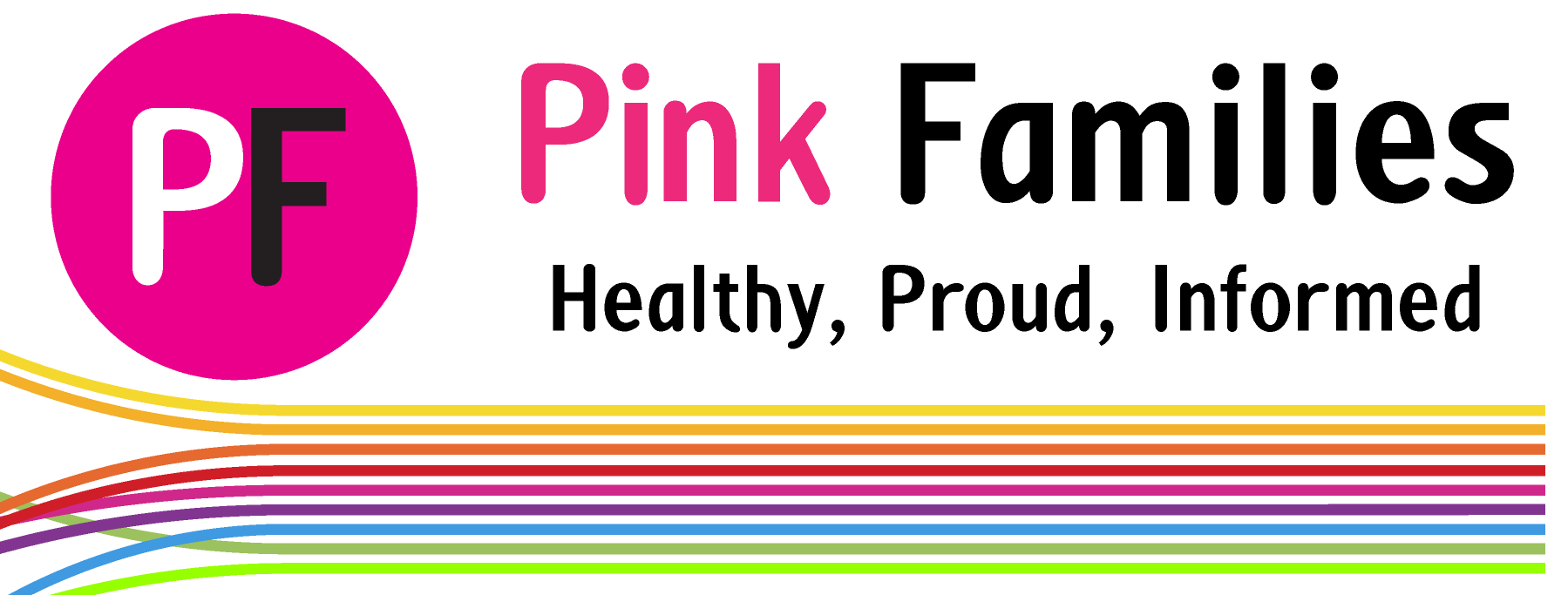What is direct discrimination
Direct discrimination is when you are treated less favorably because of your sexual orientation, as compared to someone else who has a different sexual orientation to you in the same situation. Direct discrimination can also occur when you are treated less favorably because of the sexual orientation of someone you know.
What can I do about direct discrimination?
There are many ways to address direct discrimination. This includes: identifying concrete examples, alerting people to direct discrimination and seeking additional help.
Identify concrete examples
If you experience direct discrimination it is helpful to provide concrete examples of similar situations where someone with a different sexual orientation to you (or the person you are associated with) experienced more favorable treatment.
Another example may be where a gay man is asked to have certain tests that straight men don’t need to have. The tests may not be based on any medical reason but rather the request for the test might be based on an assumption about the gay man’s lifestyle.
A third example is where lesbian couples are asked to have additional psychological tests in order to see if they are able to adopt, as compared to straight couples who only need to complete routine tests.
Bring these examples to their attention
After finding concrete examples, the next step is to discuss these scenarios with the individual that has engaged in this type of discrimination. Bring these examples to their attention.
Through this process you can work with them to help change the discriminatory practice. This may make a difference to how you and your family are treated and it may also help improve future experiences that others may have with the service or individual.
If no resolution – seek additional help
At this point, if a resolution is still unable to be found then it may be time to recruit the support of a third party.

